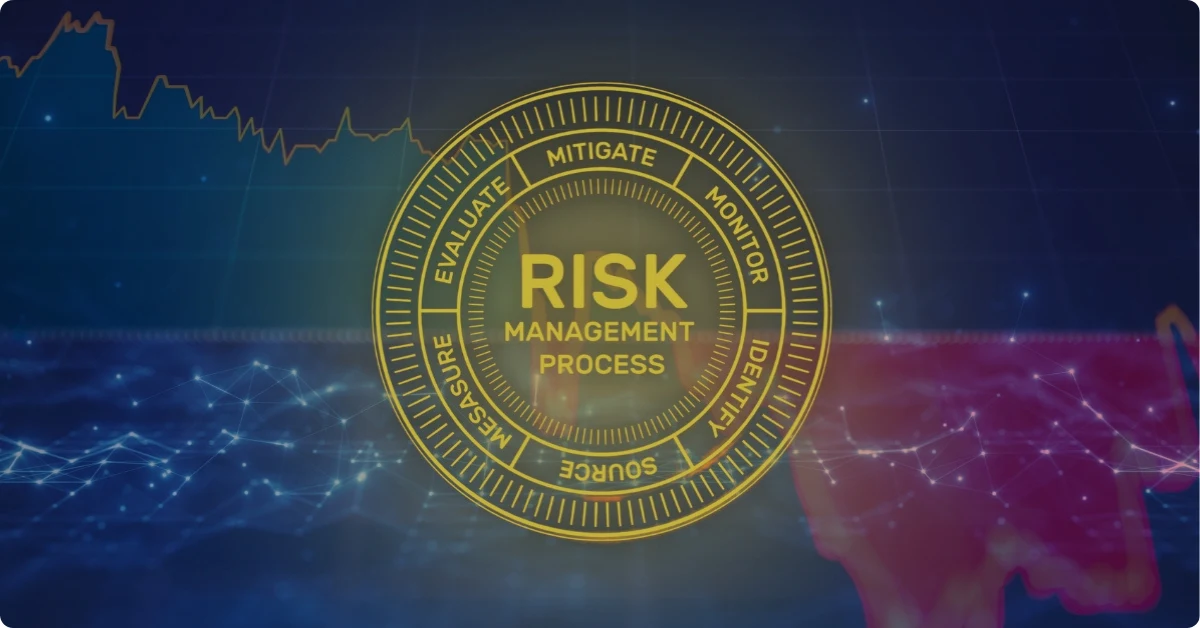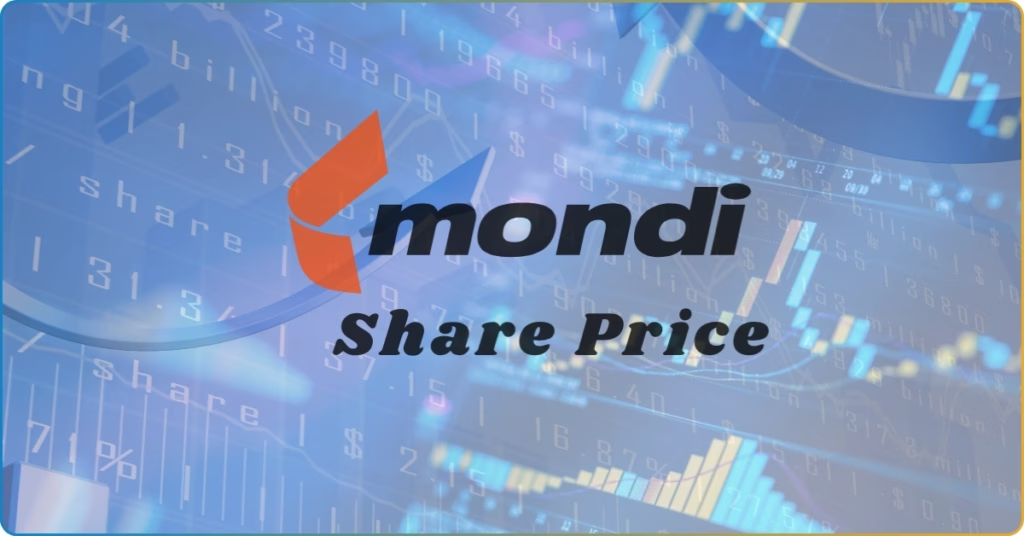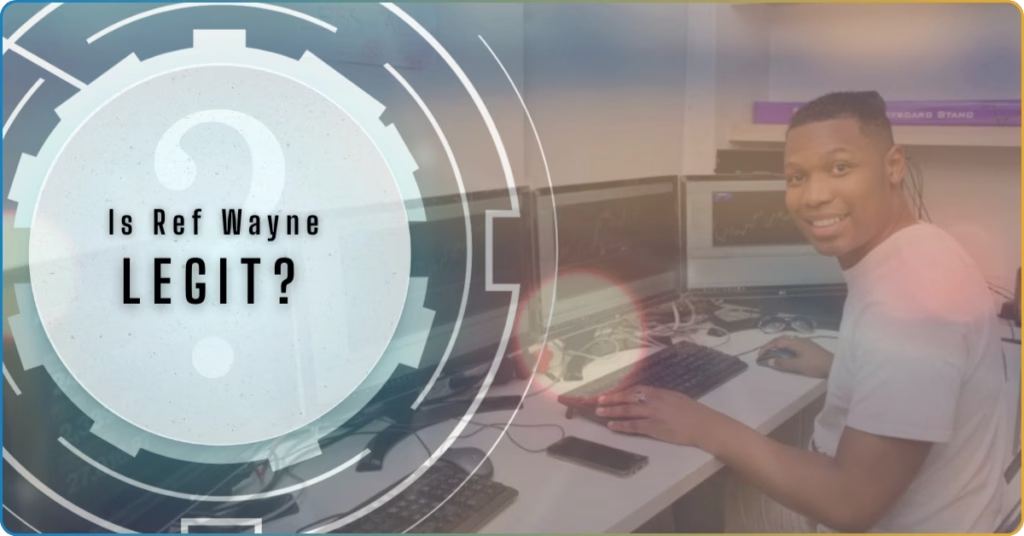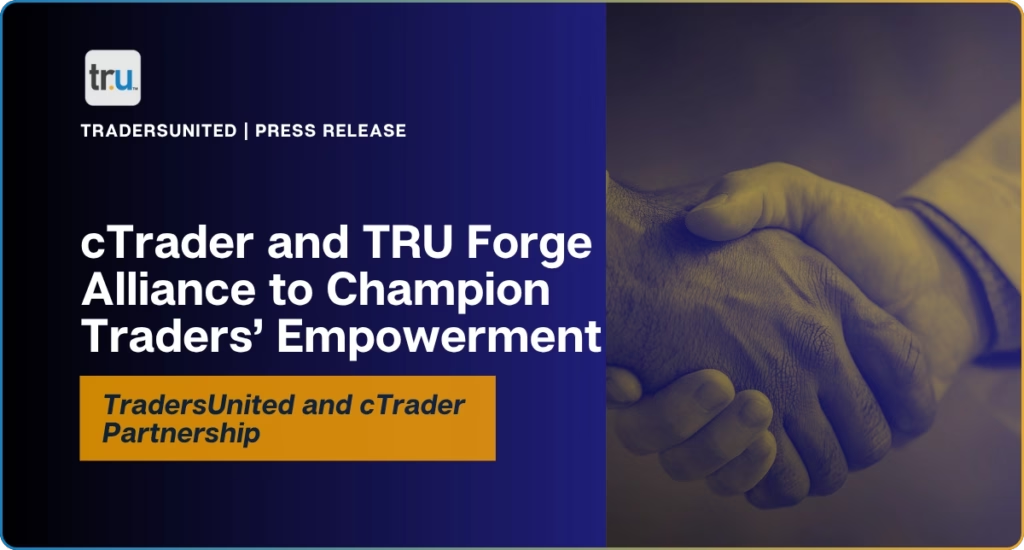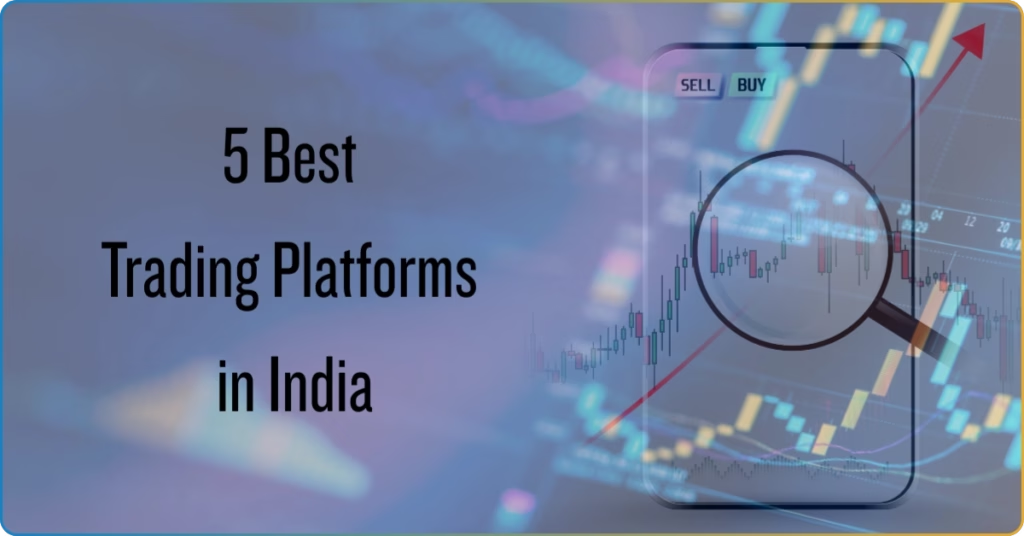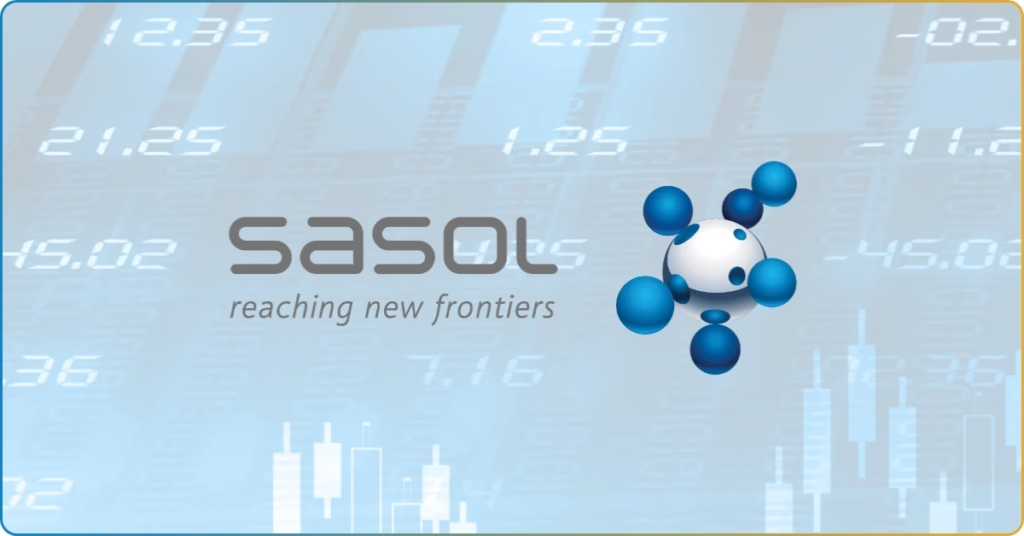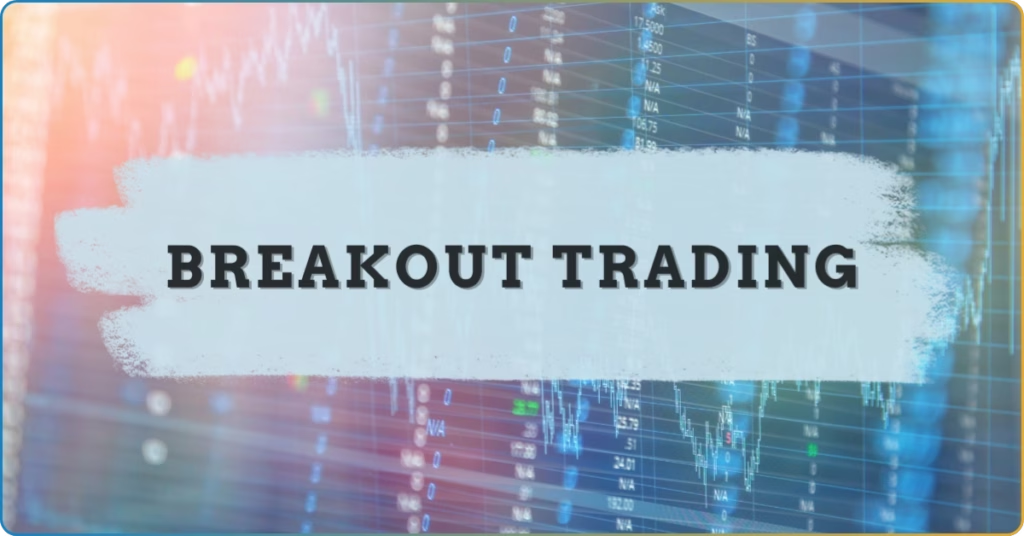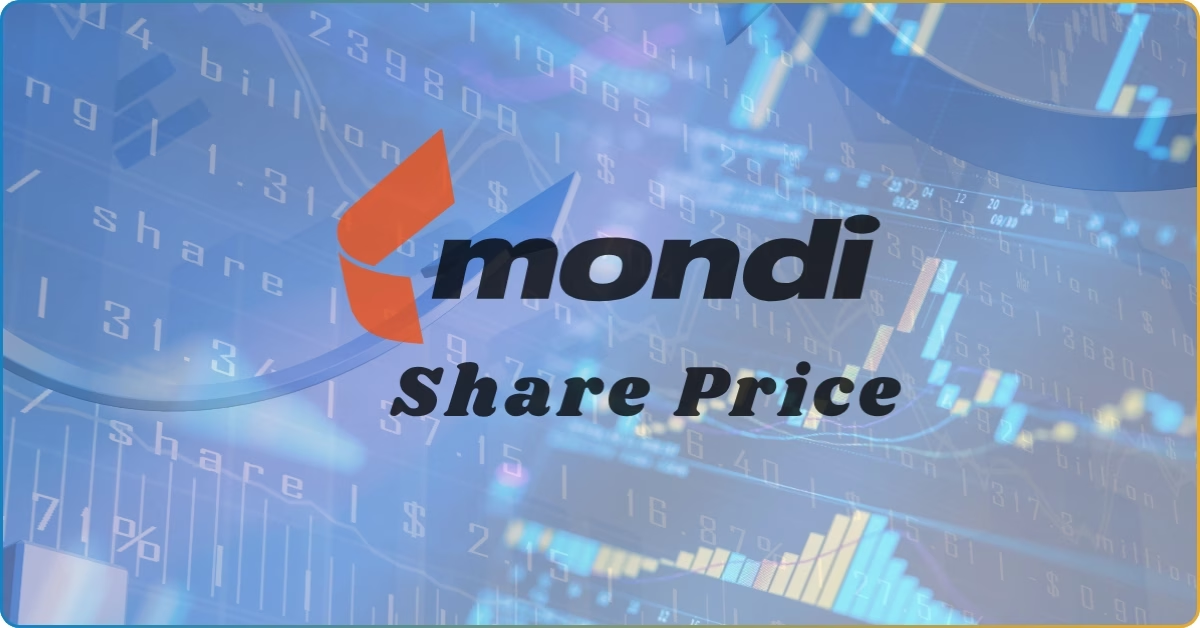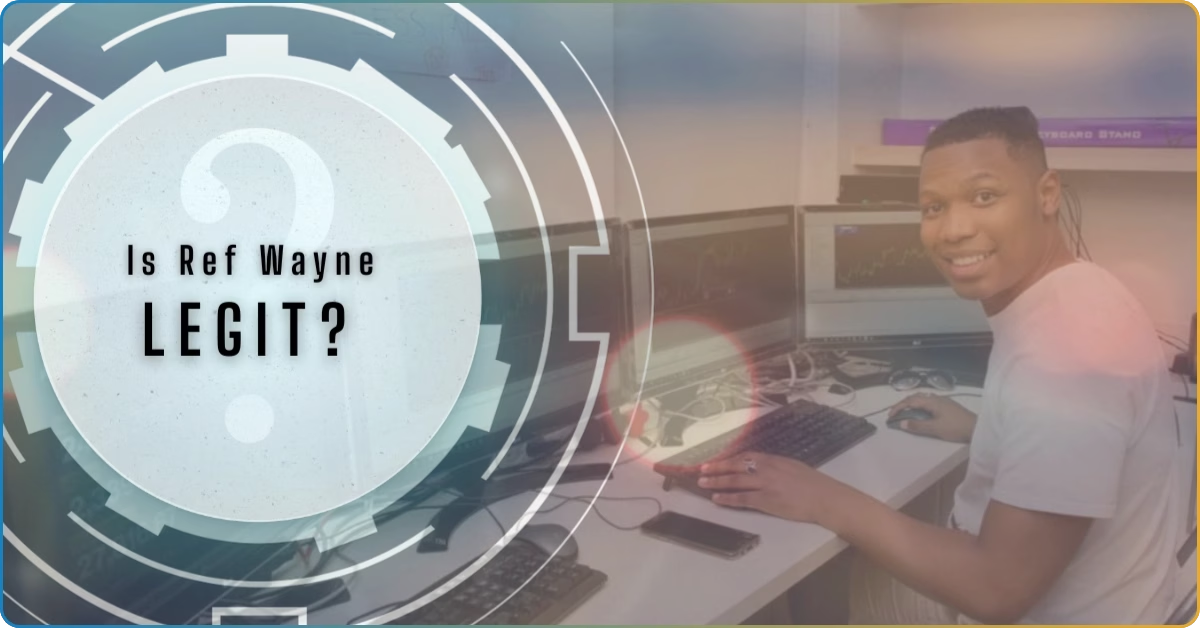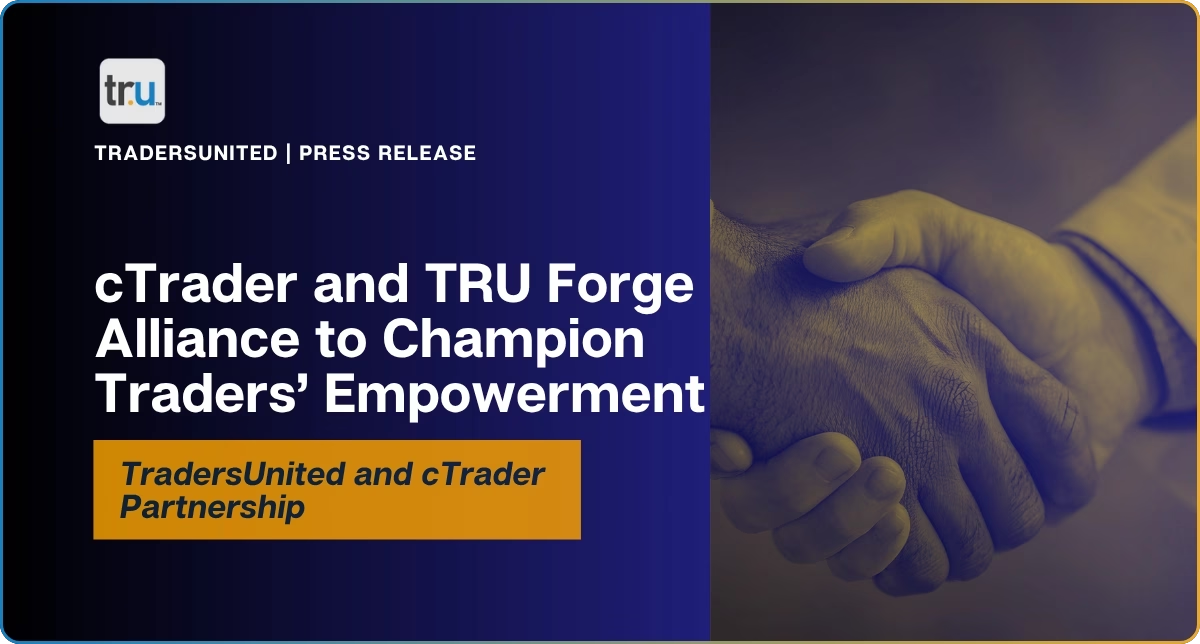There’s no denying the speculative nature of trading.
Markets are influenced by many unpredictable factors—from macroeconomic shifts and geopolitical events to investor sentiment—that can quickly change the direction of an asset.
No matter how skilled you may be, the market is always a dynamic environment where the unexpected can happen.
This is where risk management comes into play.
Effective risk management is not about eliminating risk altogether. Rather, it’s about understanding, minimizing, and controlling risk to protect your capital and maximize profitability.
In this article, you’ll explore the importance of risk management in trading and different techniques to ensure that your risk is at the minimum level to ensure profitability. Read on to learn more.
What Is at Stake for Online Traders?
While the idea of “online trading is risky” is not news to any trader, it’s still a hard pill to swallow.
This idea scares some investors, making them miss the lucrative trading opportunities.
On the flip side, many new traders enter the market fueled by optimism but are unprepared for the realities of risk.
For traders, the stakes include their financial capital and mental resilience, as large losses can erode confidence and increase the temptation to make emotionally driven decisions.
However, lurking risks cannot hurt your investment if you’re familiar with how they work and how you can mitigate them.
Here are the three common trading risks that have the fullest potential to drag your investment down the drain.
Emotional Trading
Online trading has proven to be lucrative. However, this comes with the price of psychological challenges.
Why? Simple – because you put your hard-earned money on the line.
Fear and greed are particularly influential emotions.
- Fear can cause traders to exit positions too early or avoid promising trades altogether.
- Greed may push them to hold onto positions for too long or over-leverage their accounts.
Overconfidence, stemming from a winning streak or recent success, can lead to risky decisions that disregard prudent trading practices.
Emotional trading often results in impulsive actions that undermine carefully planned strategies; thus, making emotional management just as critical as technical analysis in successful trading.
Scam Services
As the online trading industry grows, so do fraudulent services looking to exploit aspiring traders.
These scams range from “get rich quick” schemes and fake brokers to fraudulent educational programs.
Protecting yourself against scams requires due diligence—only trusting reputable brokers, verifying credentials, and steering clear of offers that seem too good to be true.
Need help resolving a dispute? Join TradersUnited and file your claim with the TRU Dispute Resolution Service team for efficient and impartial support.
Volatility Risk
Volatility refers to the rapid and unpredictable price movements seen in many assets. While some volatility is essential to ensure profitability, extreme volatility can quickly turn profitable trades into losses.
Price swings can wipe out positions within seconds in high-volatility markets such as crypto or commodities.
But there’s a way to mitigate and even profit from the volatility risk – plan the trade and trade plan.
Remember that the outcome of the battle was determined even before it commenced. The same goes for trading; you ensure profitability by developing trading plans that you should follow from start to finish.
This includes setting predefined stop-losses and knowing when to exit so as not to be too carried away from the heat of the trading battle.
Traders Should Always Manage Risks
Risk management is the difference between consistent profitability and unexpected losses that can derail your progress.
Entering the market unprepared is akin to fighting a battle without armor. The goal of risk management isn’t just to prevent loss but to help you remain emotionally neutral and disciplined, even in stressful situations.
Implementing a solid risk management plan can help you make informed, level-headed decisions that increase the likelihood of success over the long term.
Here are the common strategies that traders can use to manage risk consistently:
Setting Stop-Loss Orders
Stop-loss, whether a regular stop or a trailing one, is one of the predetermined points that every trader should plan out even before executing the trade.
Moreover, this should never be adjusted at all. Even if you think the market condition has the potential to favor you, your stop should remain where it was originally.
A stop-loss order is an automated order that closes a trade at a predetermined price level, limiting the potential loss of a position. This is especially useful in volatile markets where prices can change rapidly.
Setting a stop-loss also helps reduce emotional interference, removing the need to make split-second decisions in stressful market situations.
However, it’s essential not to adjust your stop-loss based on market fluctuations after your trade has been set, as this undermines the stop-loss’s protective role.
1% to 2% Capital Rule
This rule advises traders to risk only 1-2% of their trading capital on a single trade.
The logic behind this is simple: by limiting the amount of capital at risk, you can withstand a string of losses without significantly depleting your account.
Sticking to this rule promotes consistency and limits emotional decision-making, helping you preserve your trading account over the long term.
Diversification
Diversification is a common risk management strategy across all investment types, including trading. By spreading your investments across different asset classes, sectors, or even markets, you reduce the risk of a major loss.
For example, if one asset class underperforms, gains in another may offset the losses.
A diversified portfolio is better positioned to handle market downturns, giving you a more stable investment return.
Monitoring Drawdown and Maximum Drawdown
Drawdown measures the decline from a portfolio’s peak to its trough during a particular period. Monitoring drawdowns helps you understand the level of risk you’re taking in relation to your returns.
Maximum drawdown, the largest observed loss from a peak, is especially important for identifying your portfolio’s exposure to risk over time. Keeping an eye on drawdown levels allows you to adjust your strategies as needed, minimizing your risk exposure.
Read more: TradersUnited – What Is Drawdown in Forex Trading?
Joining An Online Trading Community
Many traders benefit from joining online communities, where they can discuss trading strategies, share insights, and receive feedback from other experienced traders.
This interaction not only provides valuable learning opportunities but also creates a support network that can help traders manage psychological pressure.
Trading communities often provide educational resources, real-time trading tips, and advice, enhancing your ability to manage risk effectively.
How Important Is Risk Management in Trading?
Risk management is the backbone of sustainable trading. While every trade carry risk, having a solid plan allows you to control the extent of your losses and capitalize on winning trades with greater confidence.
By implementing techniques such as stop-loss orders, adhering to the 1%-2% capital rule, diversifying, monitoring drawdowns, and joining trading communities, you’ll be better equipped to navigate the market’s uncertainties.
Remember, successful trading isn’t about avoiding risk but about managing it intelligently. Embrace risk management as a non-negotiable part of your trading journey, and you’ll be well on your way to becoming a more resilient and profitable trader.

